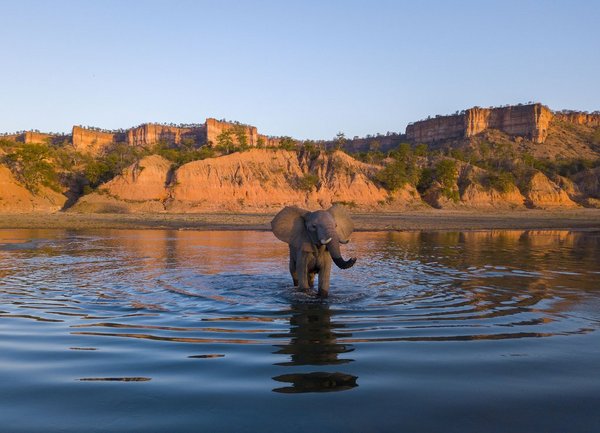 Read this article in French
Read this article in French- Share this article
- Subscribe to our newsletter
New tool offers transparent choices to reach the 30x30 target
A tool released by researchers from Germany’s Senckenberg – Leibniz Institution for Biodiversity and Earth System Research (SGN) in September 2023 aims to help decision-makers to select the best areas for biodiversity conservation, according to the criteria that are most important to the respective decision-makers, based on the best scientific data. The online tool enables the weighting of different conservation goals as well as the real-time comparison of results on a global scale.
Worldwide, around 17 per cent of the land area and eight per cent of coastal and marine areas are protected. According to the resolutions of the UN Biodiversity Conference in Montreal last year, at least 30 per cent of terrestrial and marine areas should become nature reserves by 2030. However, such protected areas often need to fulfil multiple objectives, such as climate protection or biodiversity conservation – which frequently leads to conflicts between different interest groups.
It is not an easy task to select a suitable area slated for permanent protection in the future. Nature reserves focusing on particularly species-rich regions would have to be located in the Andes, the East African rift zone, or on the southern slopes of the Himalayas, for example. Rare and endemic animals and plants, on the other hand, are more likely to be found in island ecosystems such as present on Madagascar. When it comes to expansive, virtually untouched habitats, protected areas would have to be established in the far north in Russia or Canada.
The current version of the decision support tool contains 1,347 potential nature reserves based on the criteria of the “Legacy Landscapes Fund” (LLF), which was also involved in the study. The LLF is an international foundation that aims to permanently fund the protection of at least 30 areas of exceptional biodiversity by 2030. Users can combine and weight six conservation goals – biodiversity, ecological integrity, climate stability, land use, climate change mitigation, and site size – with the help of a slide controller.
(SGN/ile)
Read more on the website of the Senckenberg – Leibniz Institution for Biodiversity





Add a comment
Be the First to Comment